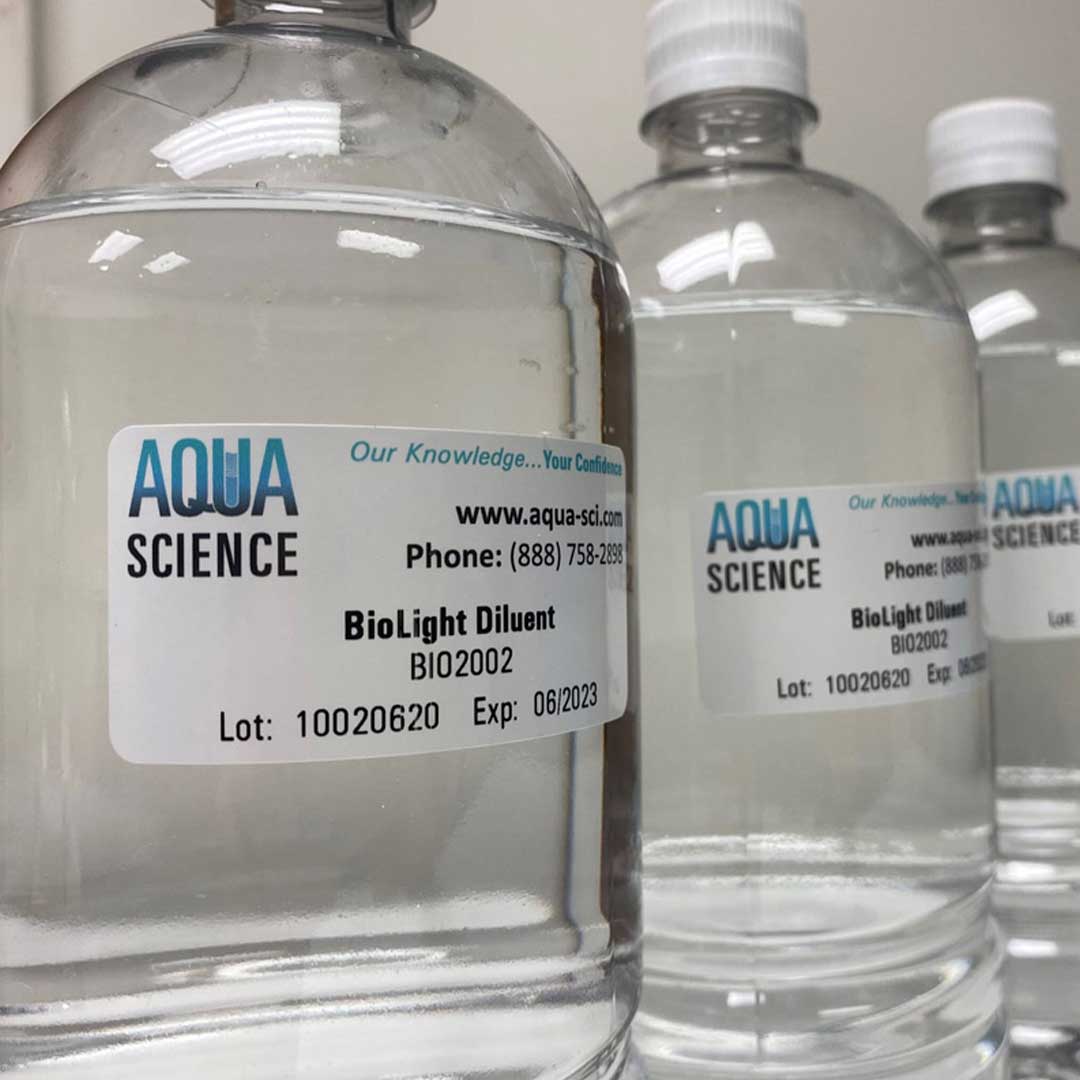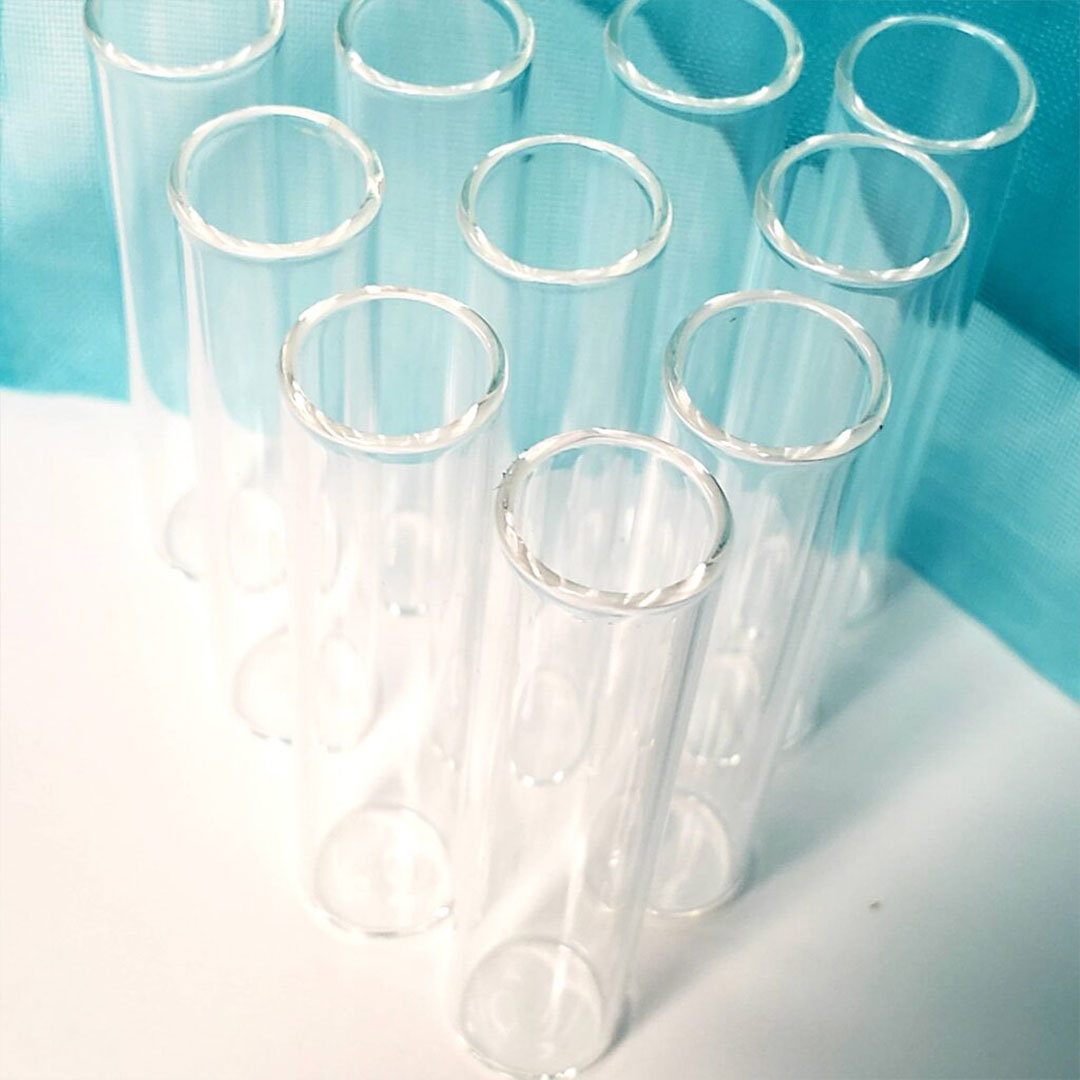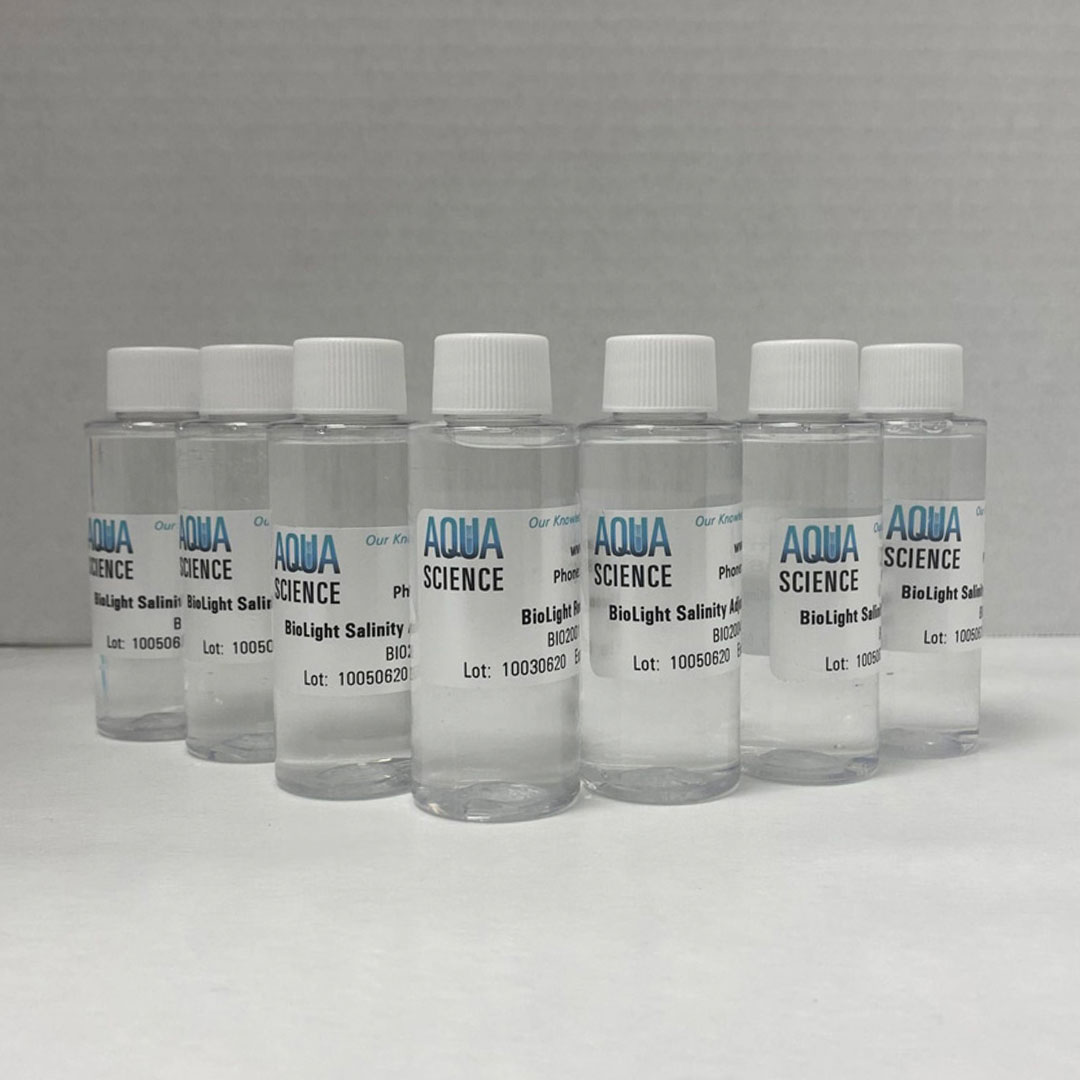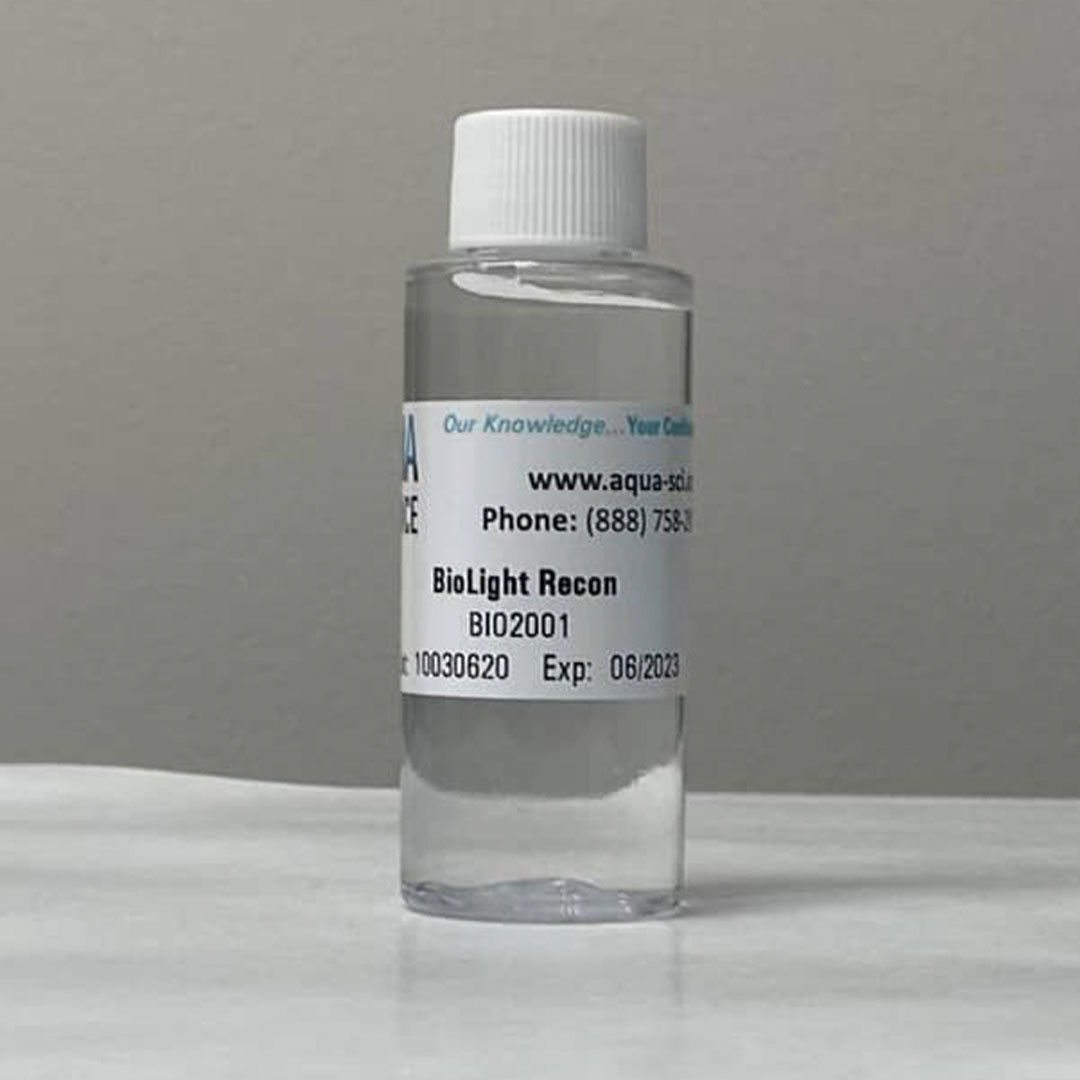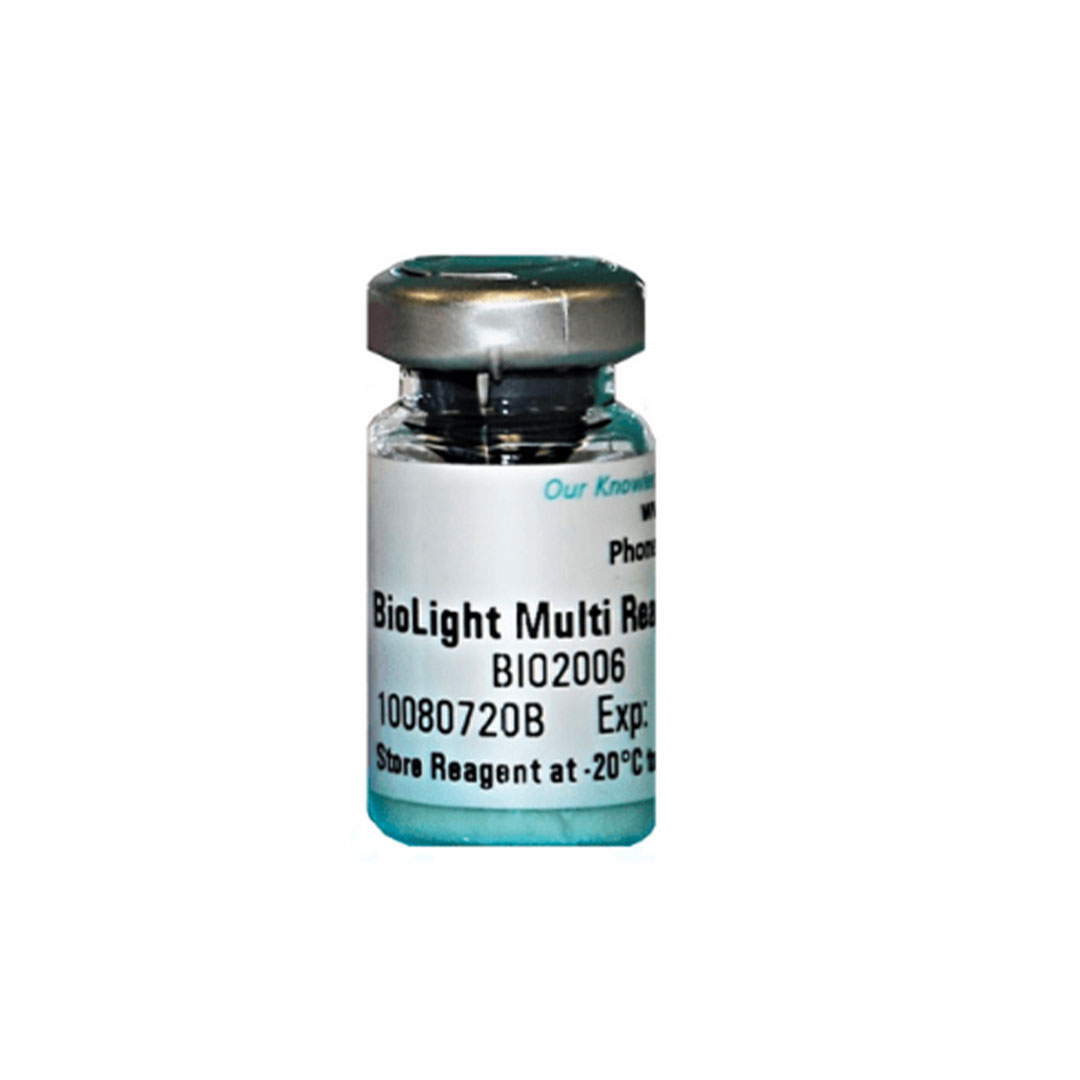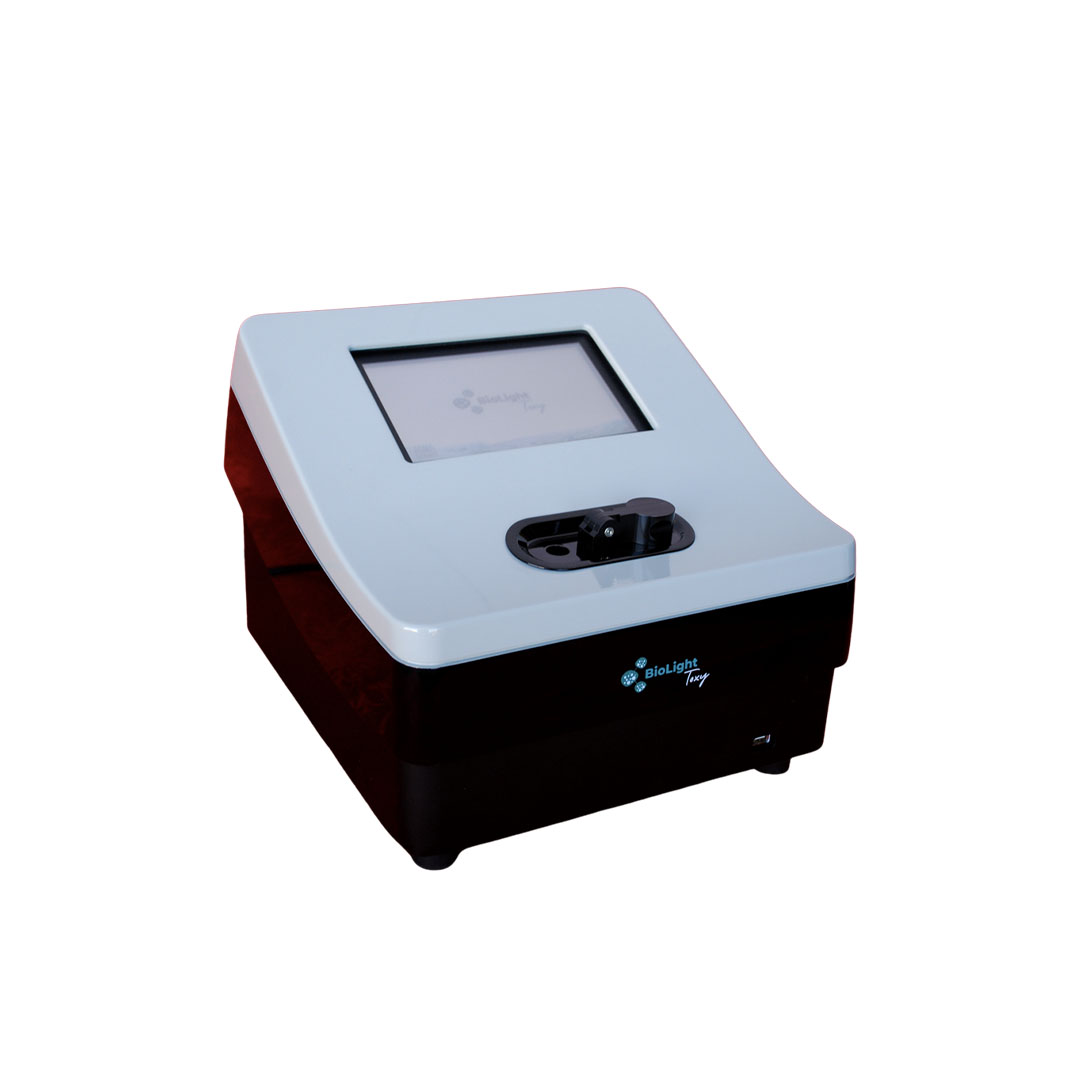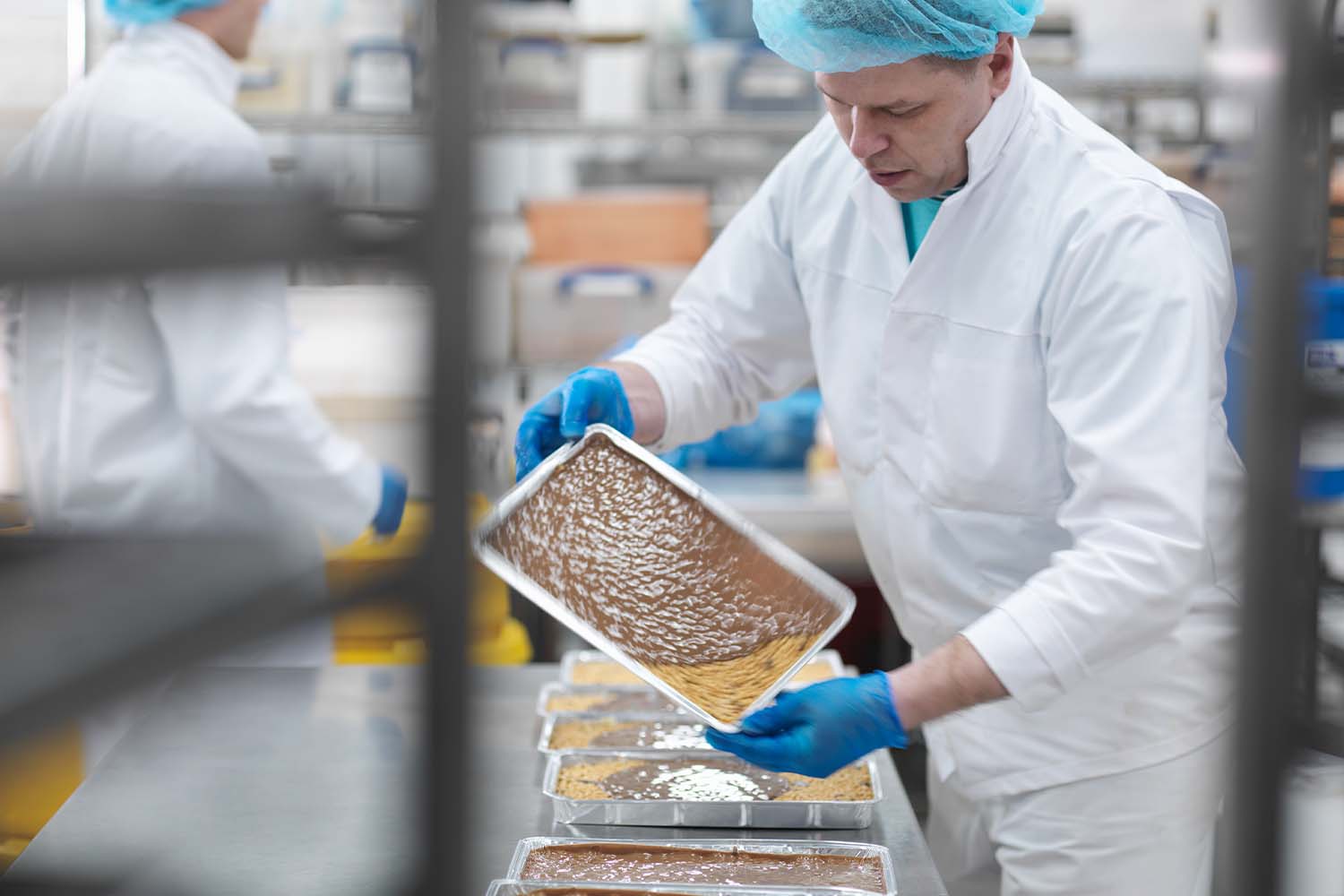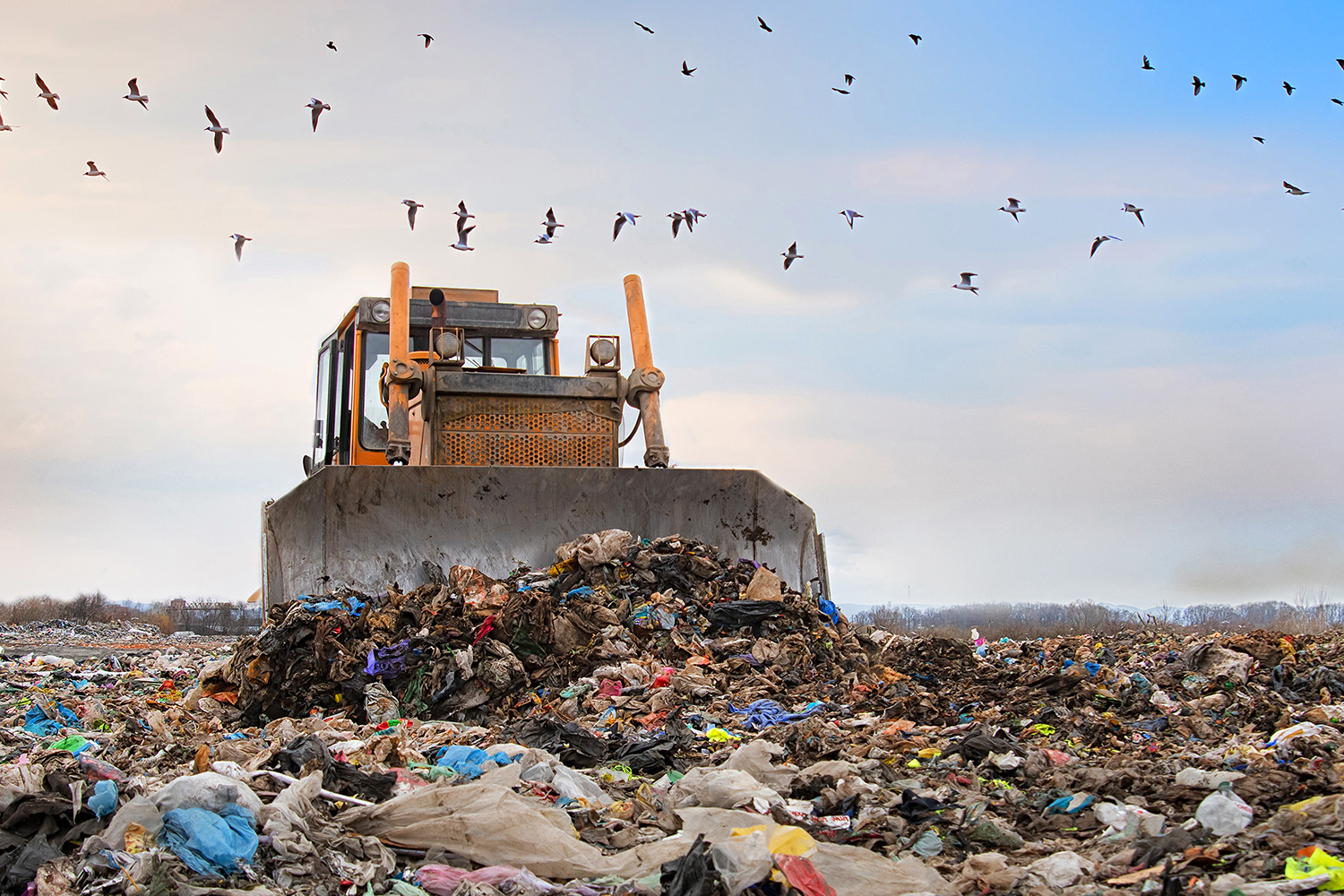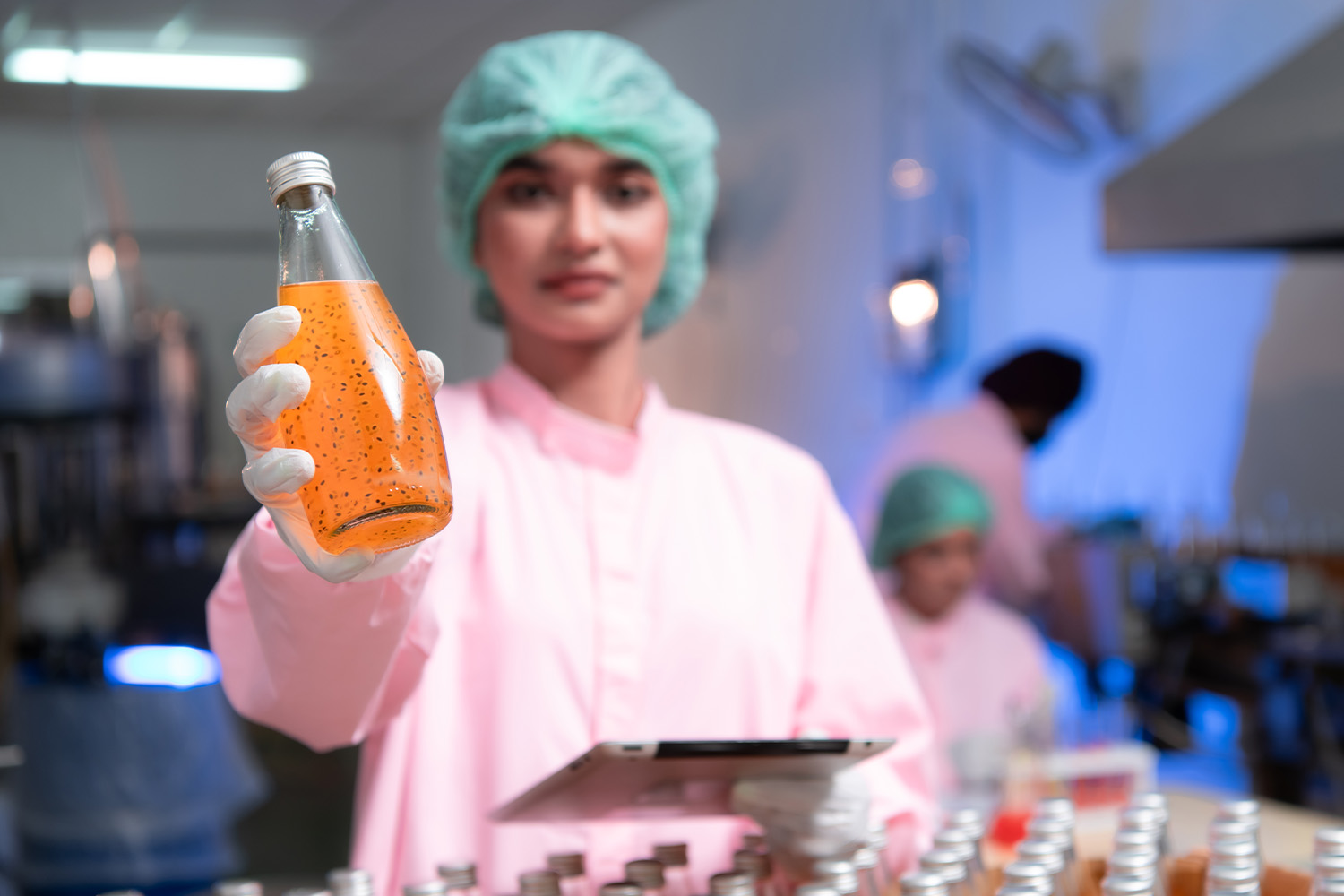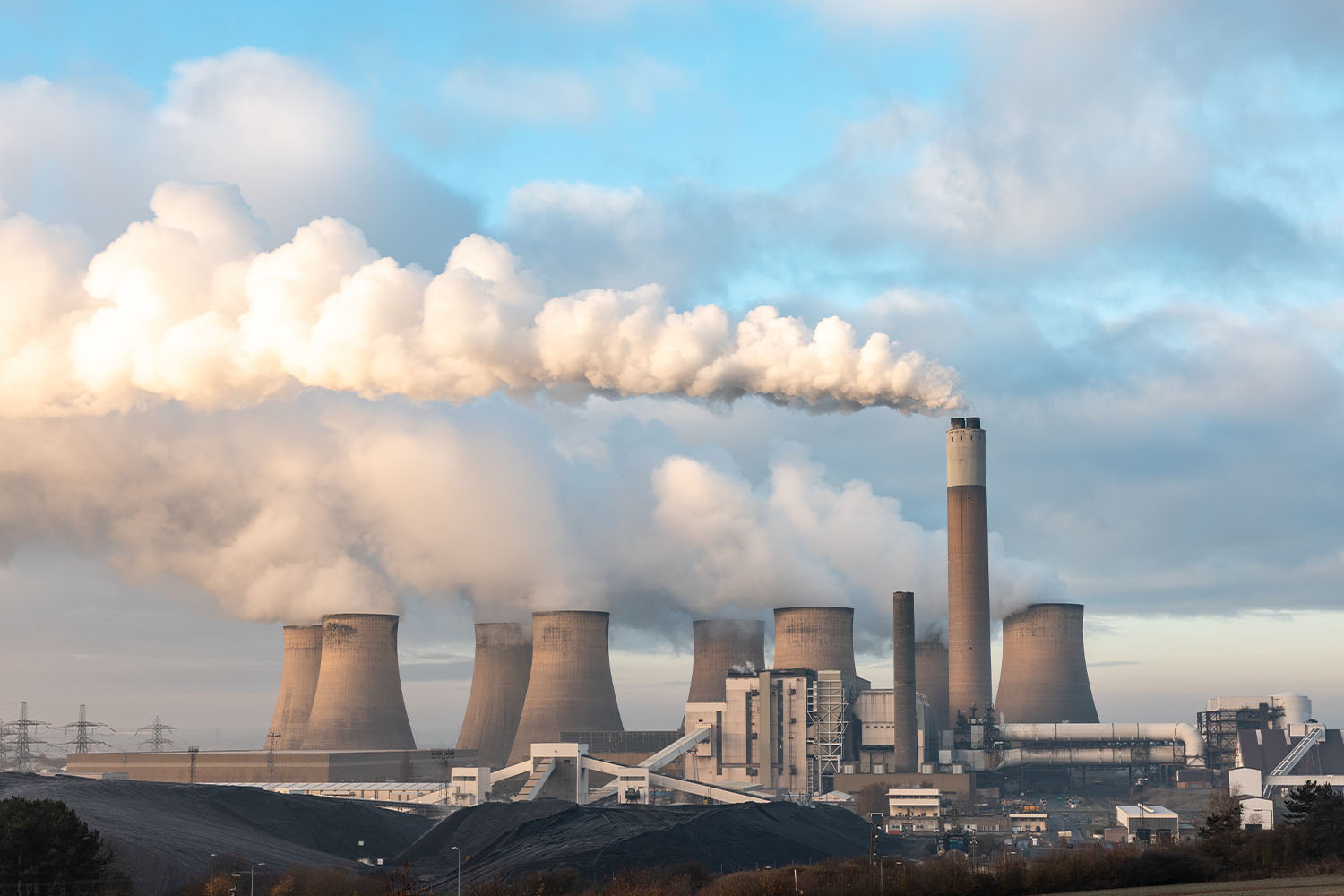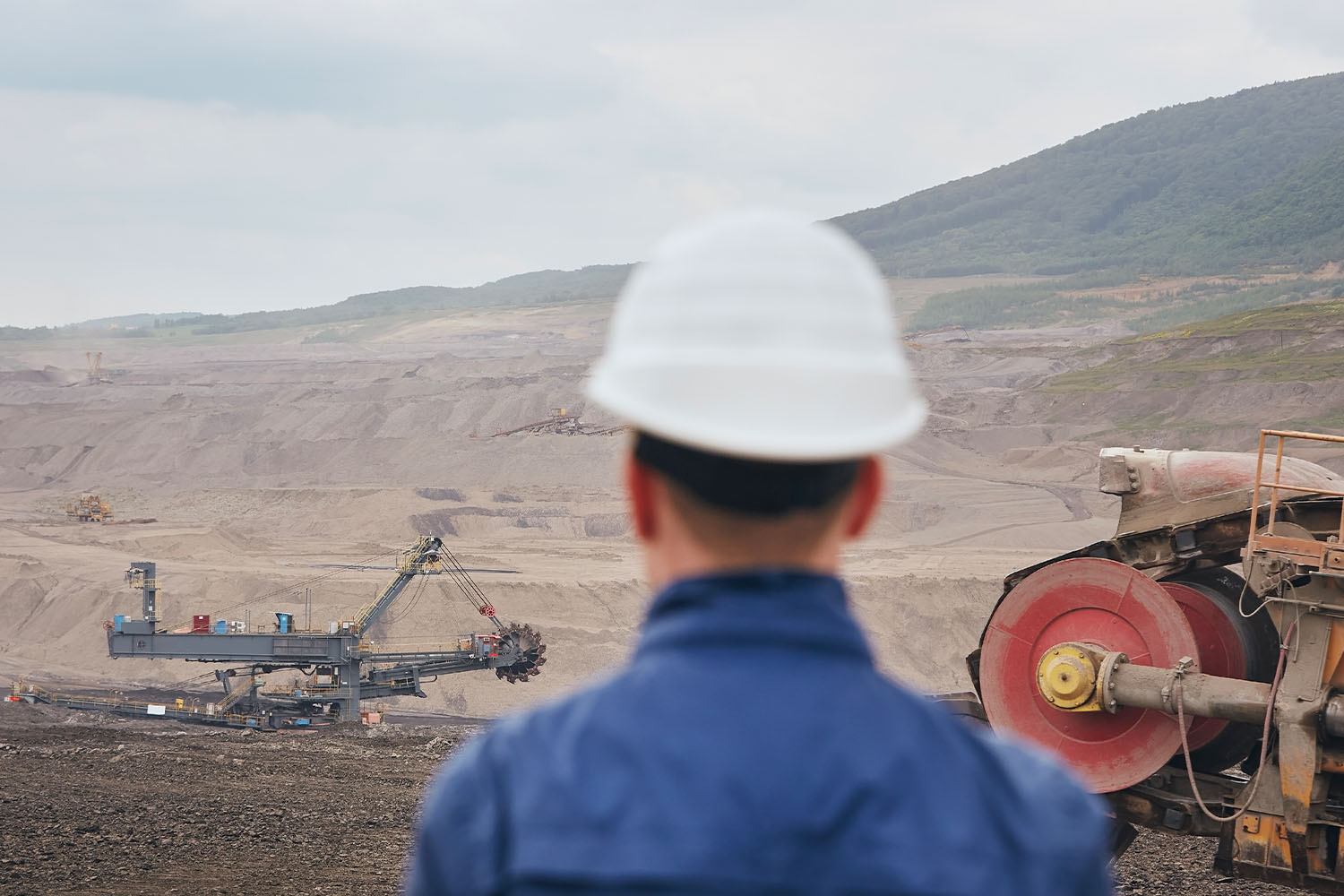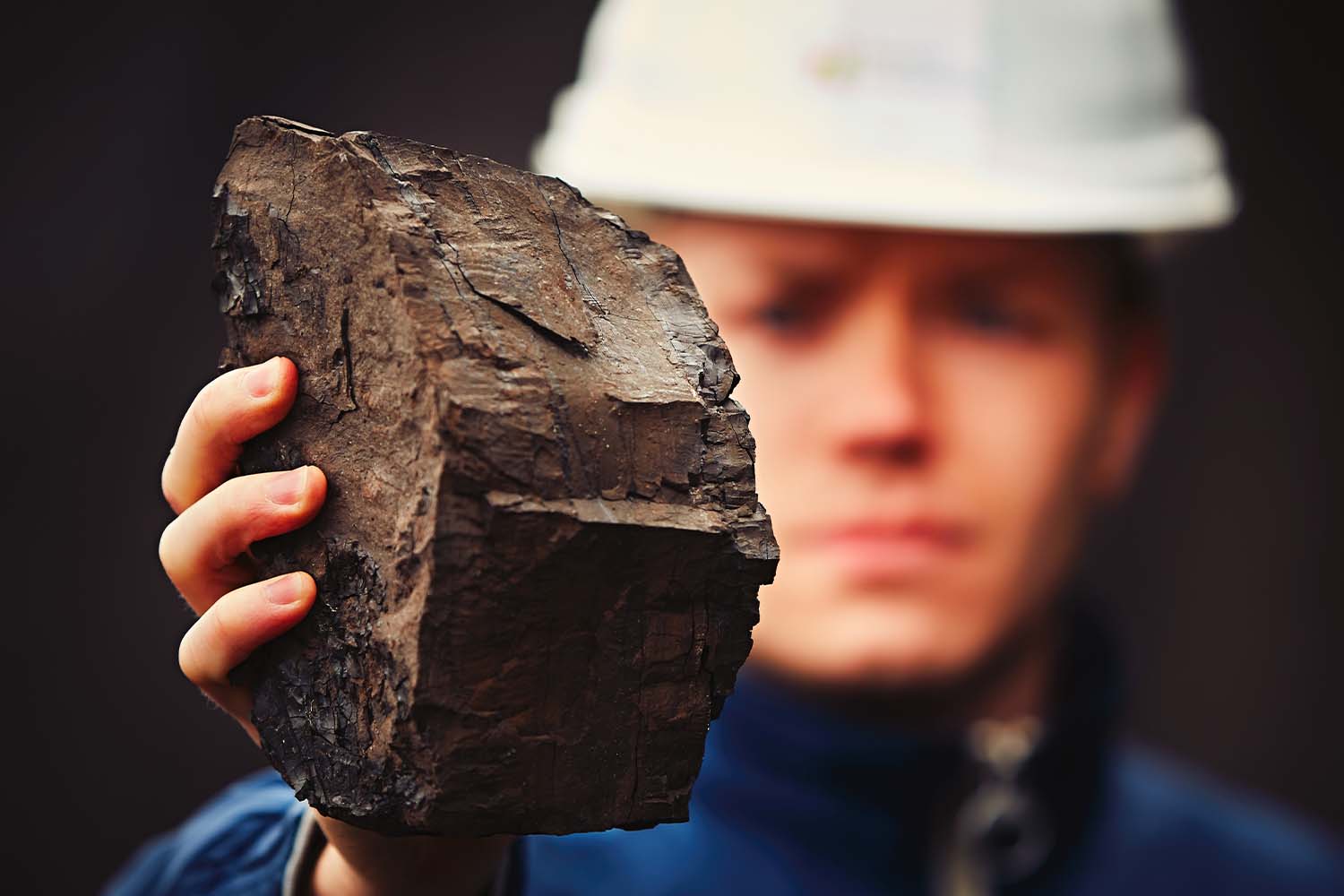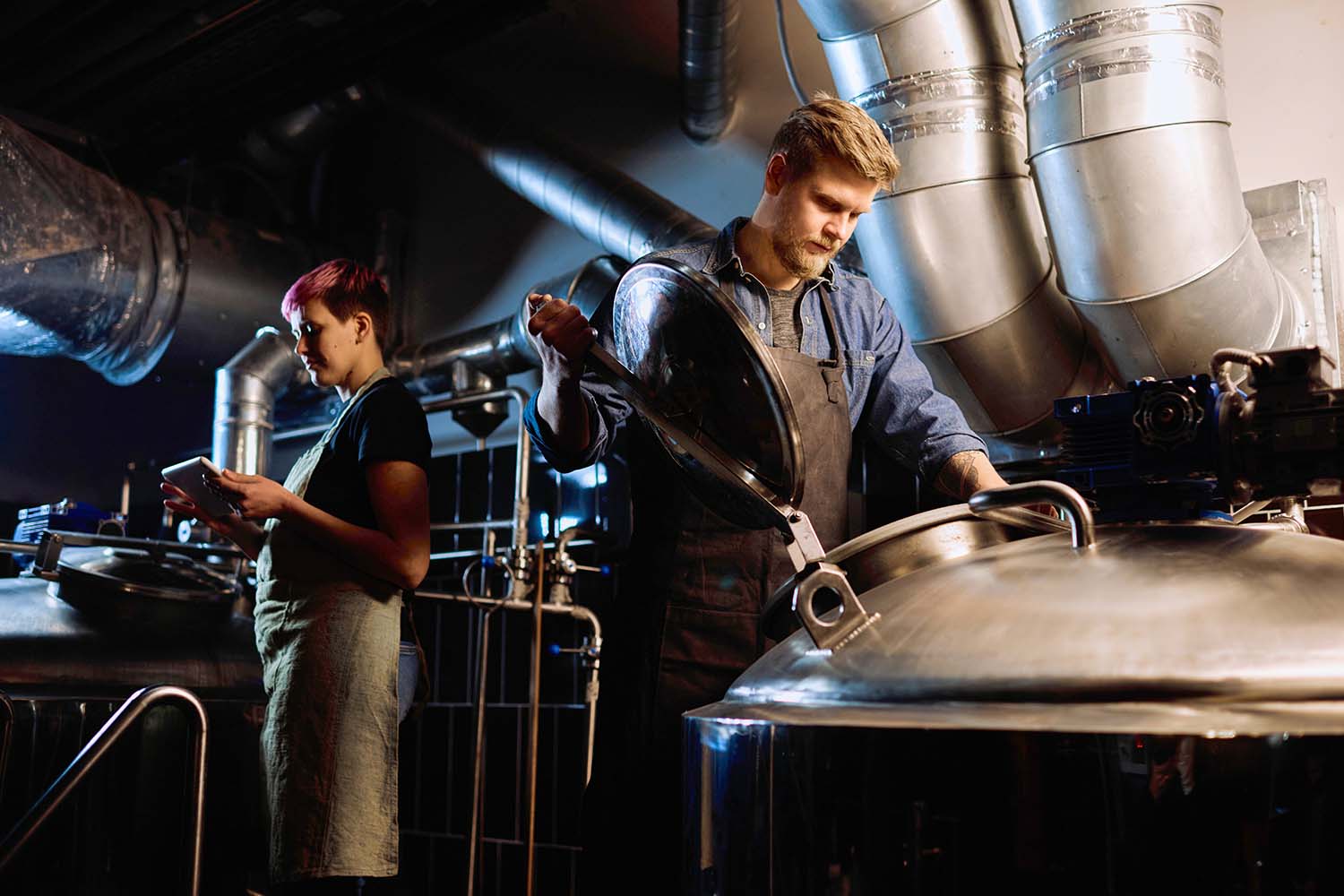Introduction to aquatic ecotoxicology
Testing the toxicity of a liquid has led to various forms of test protocol to be developed over the last 40+ years, these testing regimes often require large scale laboratories to breed various species to be able to carry out such testing. Types of species used would be daphnia commonly known as water fleas, green algae, plants, small fish for example. The challenge with these types of organisms is to have a consistent baseline so they are comparable test to test.
Ecotoxicity
Ecotoxicology ECOTOX is the established term within the industry that encompasses toxicity assessments and their impacts on ecosystems. It’s an interdisciplinary field that merges ecology with toxicology to evaluate the potential impacts of biological, chemical, or physical stressors on ecosystems. This branch of science investigates the adverse effects of both natural and man-made pollutants on wildlife, vegetation, and the broader environmental context.
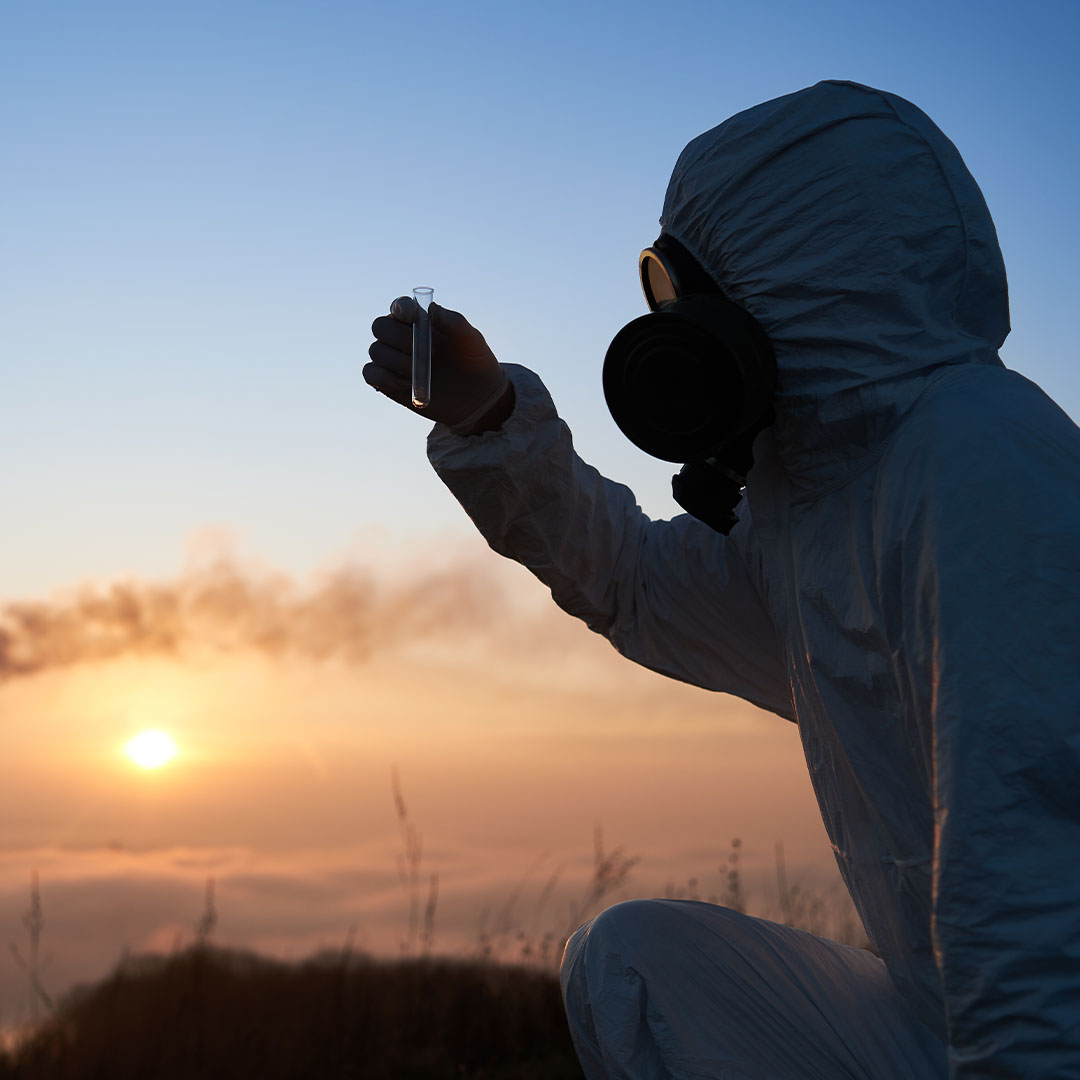
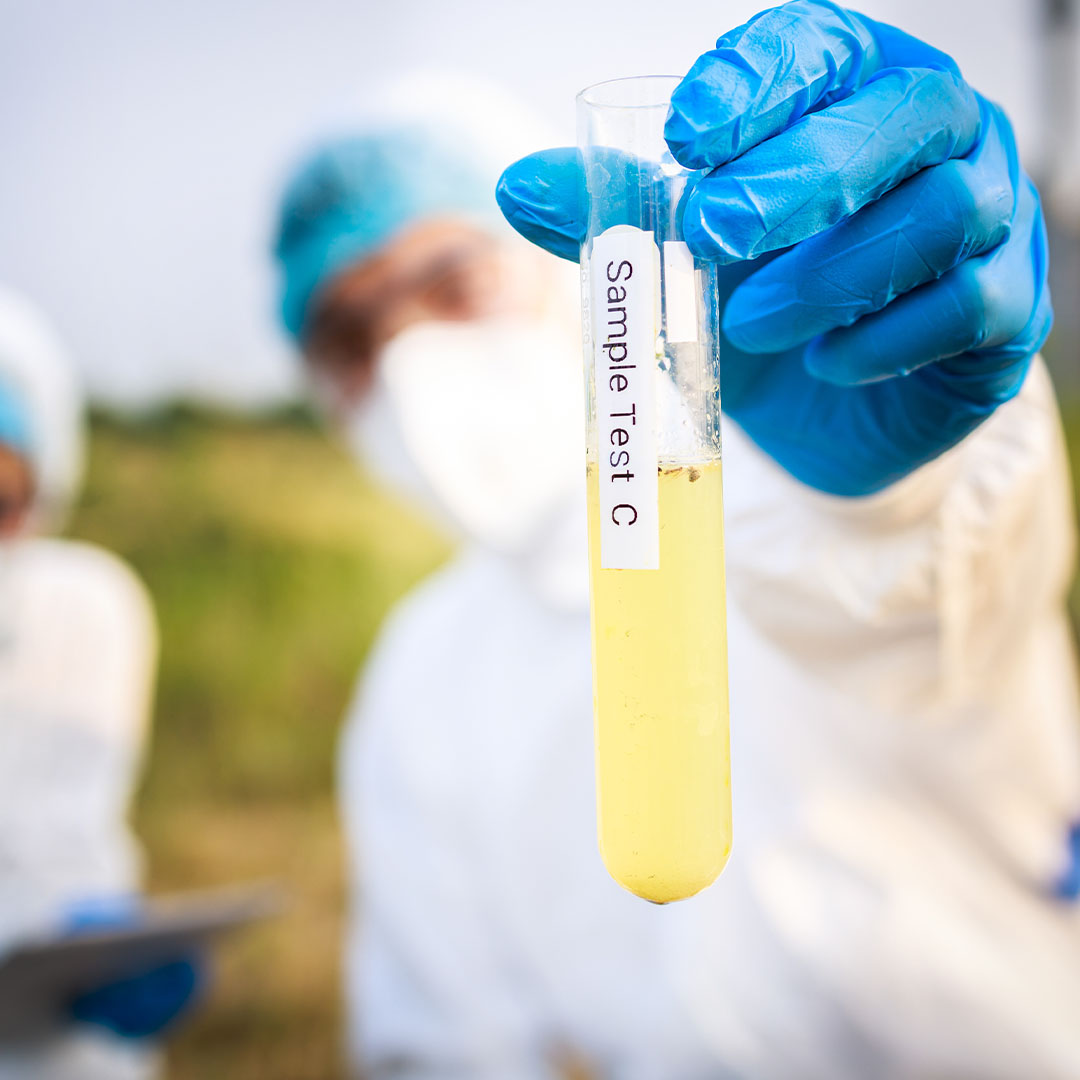
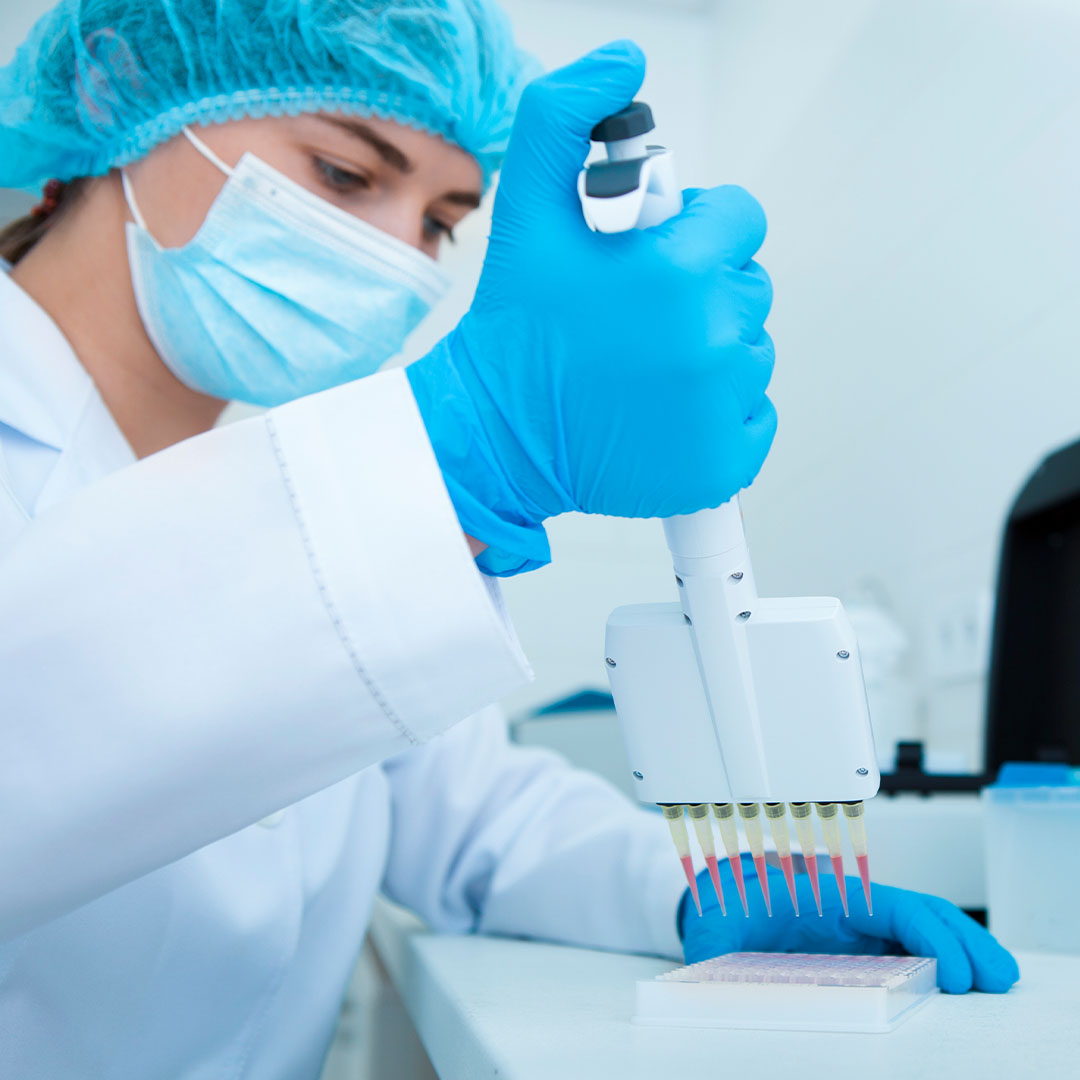
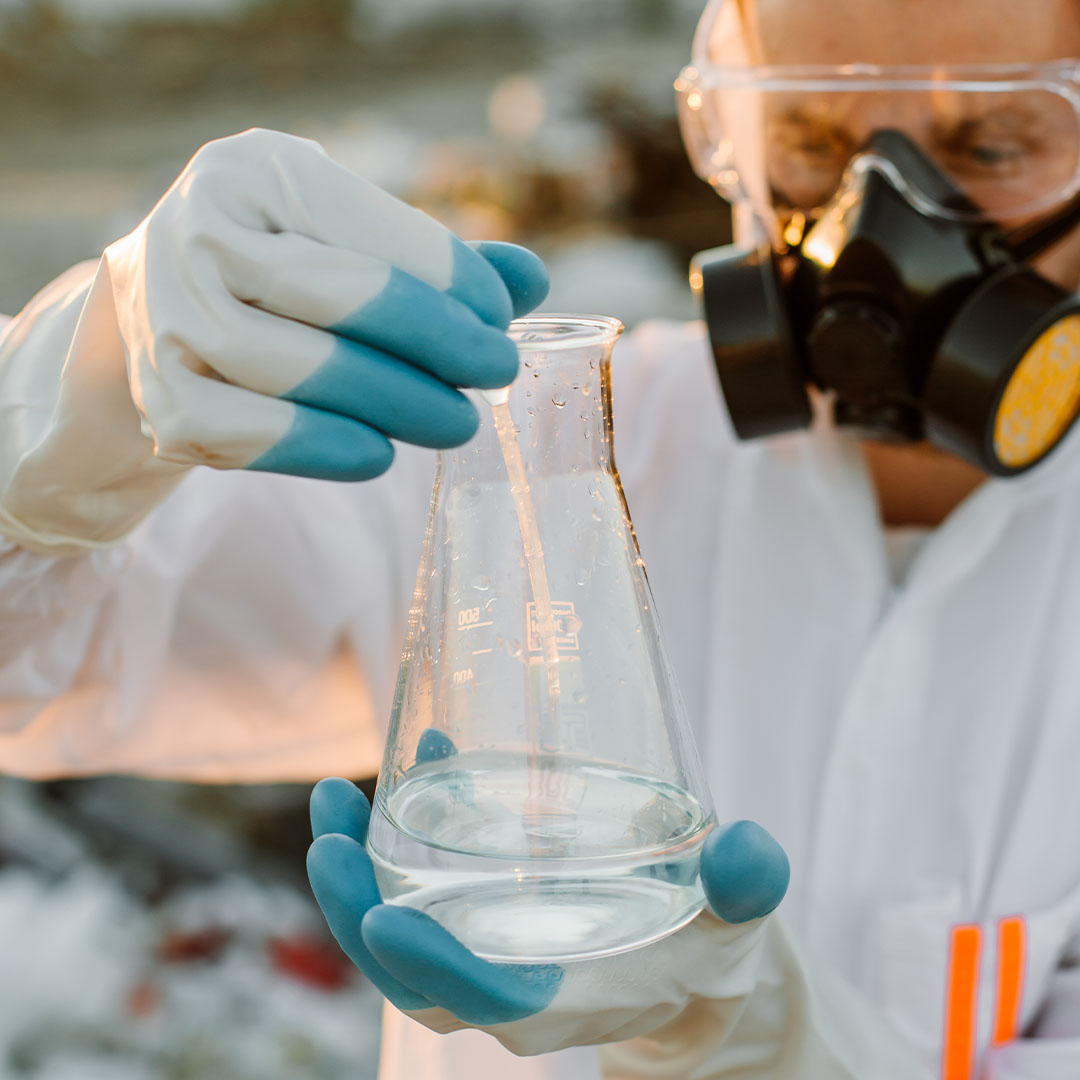
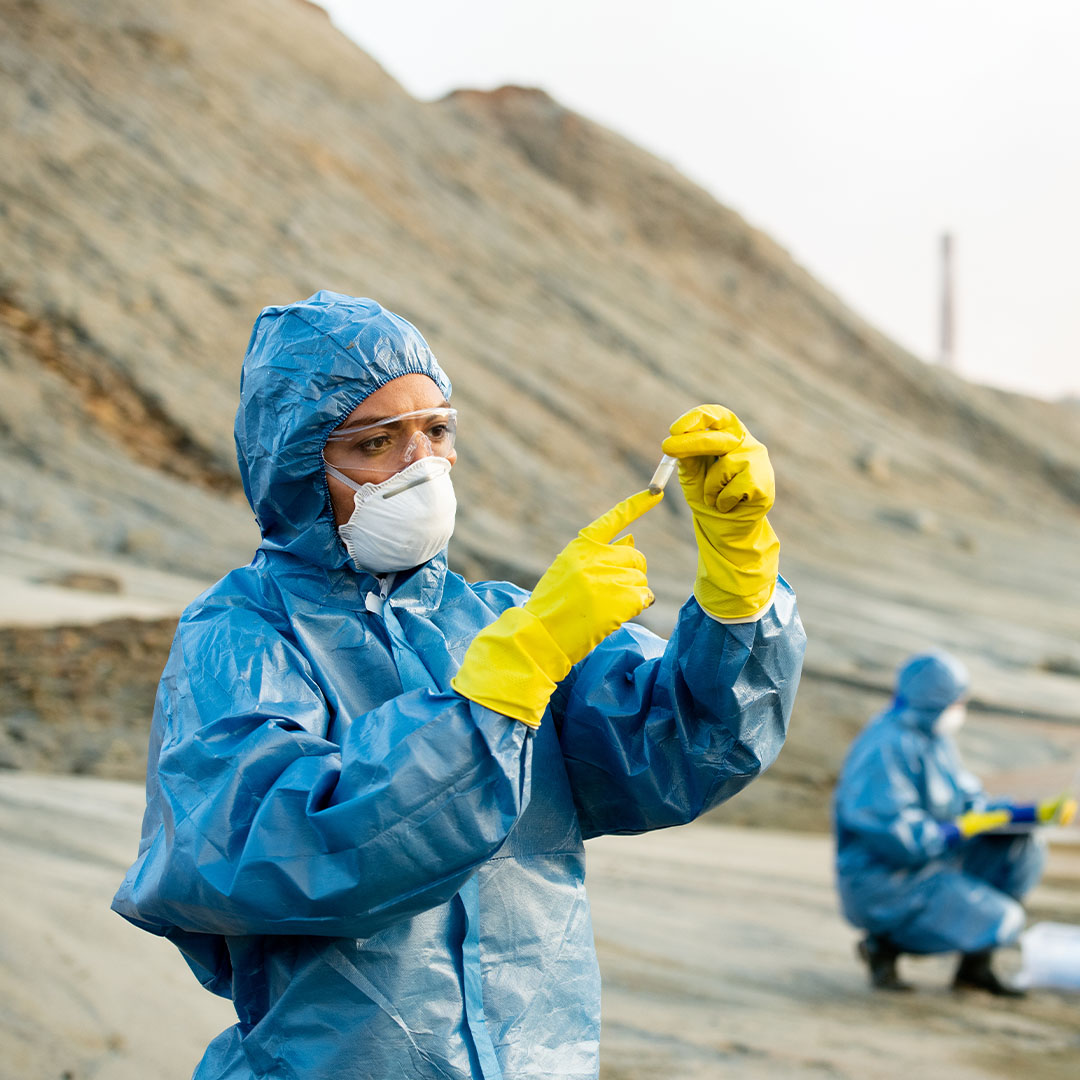
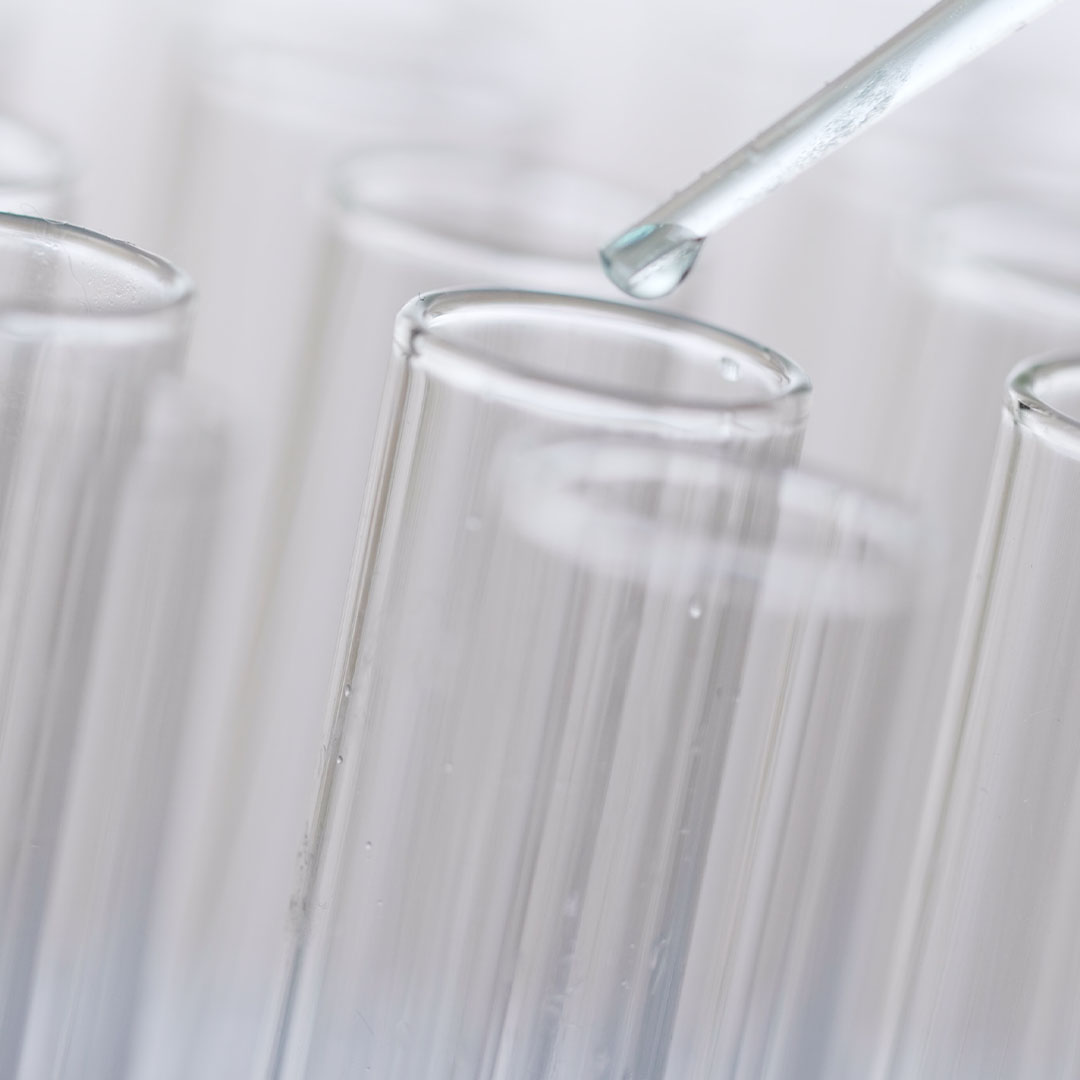
Bioluminescence and its role
The quest for environmental safety has led us to harness one of nature’s most enchanting phenomena: bioluminescence. Specifically, the employment of bioluminescent bacteria, such as Aliivibrio fischeri, which has marked a significant advancement in toxicity testing. This technology bred for the purpose under laboratory conditions and freeze dries for ease of transportation and fast reconstitution allows for rapid, on-site assessments without the delay of laboratory processing, a crucial step in managing toxicity testing in various industries.
Establishing a Baseline
The First Glow of Assurance Before the magic of bioluminescence can be applied, it’s vital to establish a clear baseline of normal operating conditions. This step involves meticulous sampling and testing with reagents such as the Aqua Science Bio Light and a luminometer over several days. Such diligence ensures that any future deviations in toxicity levels can be quickly identified and addressed, maintaining the delicate balance of plant ecosystems.
Rapid Acute Toxicity Testing for Wastewater
Testing wastewater in a water treatment plant often involves sampling from various points in the process. The type of wastewater handled by the plant and the subsequent treatment will depend on the type of effluent entering the facility. If this is municipal waste or industrial waste will have an impact on the testing location and testing regime. Samples are typically taken over a period of days with the plant operating under normal conditions to obtain the baseline toxicity. This can be achieved simply with the use of ana analyser like the Bio Light Toxy Luminator.
Influent Testing
Influent testing shines as a beacon for industrial facilities, detecting unexpected toxicity surges in incoming waste streams. The portability of the BioLight Toxy luminometer enables immediate decisions on-site, guiding pre-treatment modifications and safeguarding the biological treatment beds from toxic upsets. Moreover, tracking upstream samples can pinpoint the origins of toxic loads, an invaluable tool in environmental stewardship.
In Process Testing
As water flows through treatment processes, in-process testing serves as a navigational aid, ensuring each stage effectively neutralizes toxicity. When it comes to effluent testing, the stakes are high. The BioLight technology acts as a final checkpoint, affirming that the treated water is safe to return to nature, thus maintaining compliance with regulatory standards like Whole Effluent Toxicity (WET) testing and preventing costly fines.
WET Testing
Pre-emptive Measures and Peace of Mind in whole effluent toxicity (WET) testing, a regulatory requirement for assessing the impact of effluents, can be a resource-intensive process. Various effluent concentrations are used for a specific time to expose the BioLight reagent. This allows for an estimation of the effluent’s toxicity. BioLight’s screening capabilities serve as a pre-emptive measure, offering a glimpse into potential test outcomes and allowing for timely interventions. This not only offers peace of mind but also represents a cost-effective strategy for environmental compliance.
The Shield for Drinking Water
Early Detection and Rapid Response Transitioning from wastewater to potable water systems, BioLight’s rapid toxicity testing offers a shield of protection. By providing early detection of acute toxicity in raw and treated drinking water, the technology enables swift response to fluctuations such as pH changes, signalling the presence of harmful compounds and ensuring public health is not compromised.
The Imperative of Baseline Testing
In the realm of drinking water, baseline testing is as imperative as it is in wastewater. Regular sampling in plants, especially during seasonal changes like heavy rains or snowmelt, helps in understanding the natural shifts in water composition, forming a critical reference point for toxicity assessment.
Emergency Response Applications
The Luminous Guardian in Crisis Situations When emergencies strike, such as chemical spills, the BioLight system stands as a luminous guardian. Its rapid screening capability provides immediate insights into the nature of the contaminant, guiding critical decisions and subsequent laboratory analyses, ensuring that communities and ecosystems are shielded from harm.
Mining and Beyond
A Spectrum of Applications BioLight’s versatility extends to the mining sector, where it aids in comparing processes and monitoring effluent quality changes. By providing an on-site testing option, the technology ensures regulatory compliance and environmental protection, allowing for quick adjustments before the toxicity reaches critical levels.
Oil and Gas
Navigating the Deep with Bioluminescence In the offshore oil and gas industry, space and logistical constraints make traditional lab testing challenging. Here, BioLight offers a beacon in the deep, facilitating rapid toxicity assessments and enabling the monitoring of complex mixtures like produced water. It ensures that operational changes and discharge criteria meet environmental safety standards.
Marine Protection
The Role of Produced Water Testing The discharge of produced water into oceans is a major concern. Through BioLight technology, toxicity testing can be conducted right on the oil platforms, providing real-time data on water quality and treatment efficacy, thus safeguarding marine life.
From Soil to Sediment
The Ground-Level Application of BioLight Lastly, BioLight technology’s application is not just limited to water. It also extends to soil and sediment toxicity testing, crucial for assessing the contamination risk at dredging sites and in environmental remediation efforts. By offering rapid results, BioLight helps to expedite decision-making in environmental management and conservation.
Lighting the Path to a Safer Environment The use of bioluminescent bacteria for toxicity testing is more than a scientific novelty; it’s a practical, efficient, and sensitive tool that lights the path to environmental safety. From wastewater management to emergency response, BioLight technology offers a rapid, reliable, and cost-effective method to monitor and safeguard our most precious resource—water.
For more information on the Aqua Science range of testing equipment, reagents and consumables which are compatible to the Microtox test system, please contact us
Equipment referred to in this article
-
Aqua Science
Biolight Toxy – Toxicity Testing equipment


